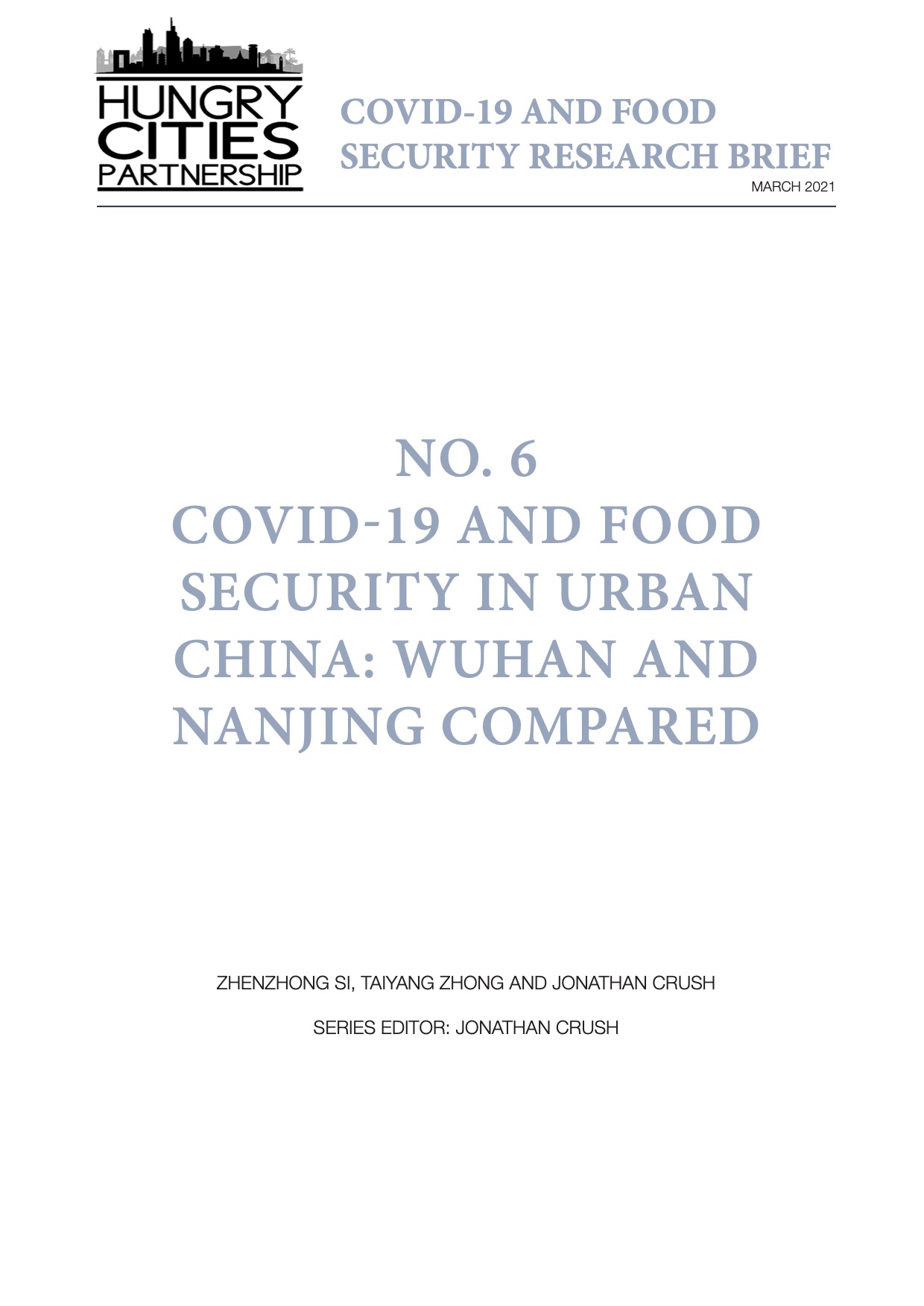To contain the spread of COVID-19, governments around the world have adopted various regulatory measures, many of which have drastically and often unintentionally interrupted food supply chains and reshaped the food environment in cities (Aday and Aday 2020, Carducci et al 2021, Crush and Si, 2020, Swinnen and McDermott, 2020). The measures taken by the Chinese government were especially interventionist and included locking down a whole city, closing all food outlets, and establishing a state-organized food distribution network (Zhong et al 2021). The original epicentre of the pandemic, Wuhan, was subject to a 76-day shutdown of all normal economic and social activity. Other Chinese cities also experienced varying degrees of restrictions on movement and residential lockdowns between late January and April, 2020. The control measures were unable to completely stop the spread of the coronavirus within Hubei Province and to most other Chinese provinces, although the pandemic would have been far worse without them (Kraemer et al 2020, Li et al 2021, Pan et al., 2020; Tian et al., 2020). The Chinese experience of controlling and mitigating the spread of COVID-19 also offers lessons for management of this and future global pandemics (Zhang et al 2020). This brief also contributes empirical depth to the general emerging discussion on the food security impacts of COVID-19 (Devereux et al 2020; Fitzpatrick et al 2021).

